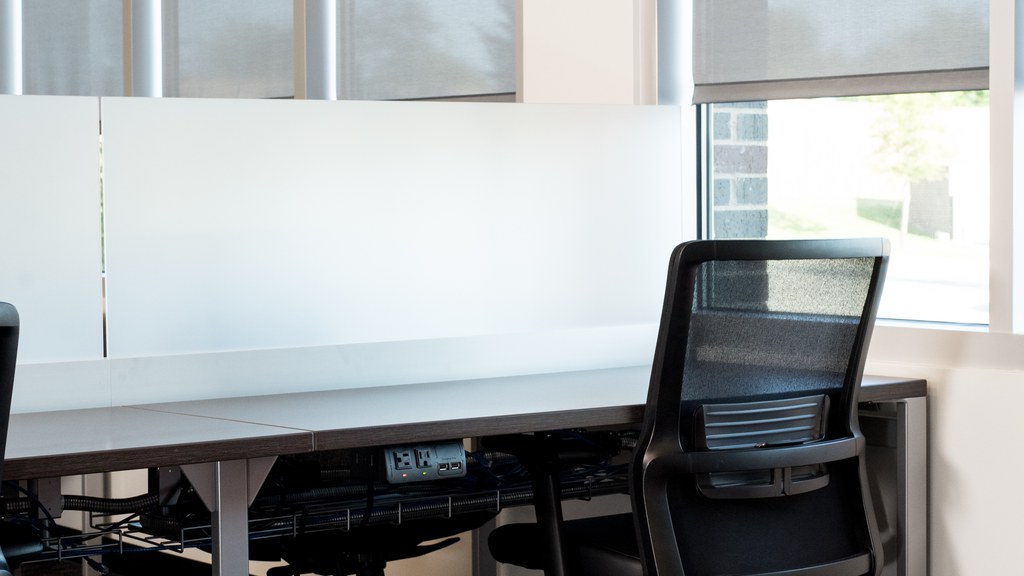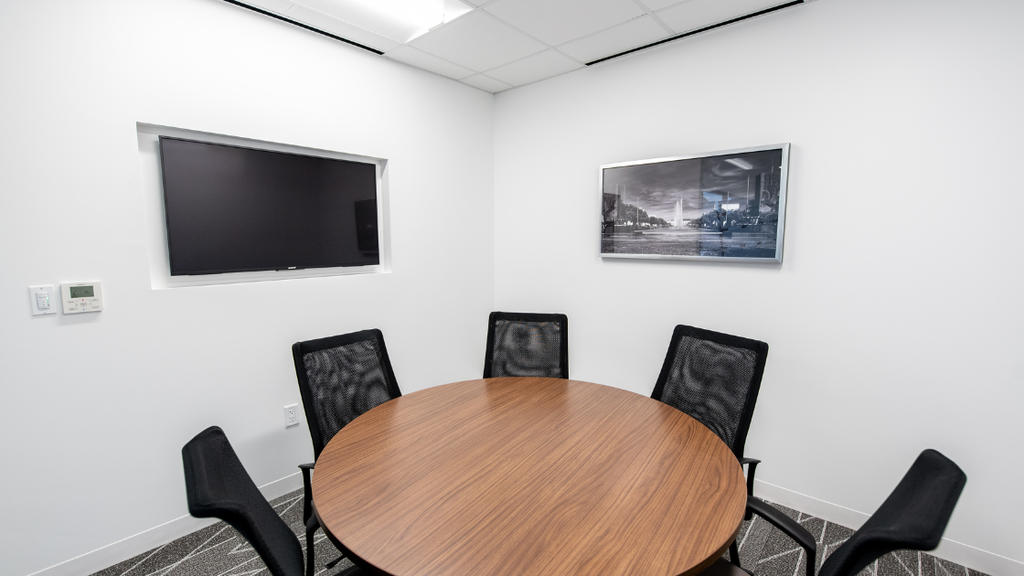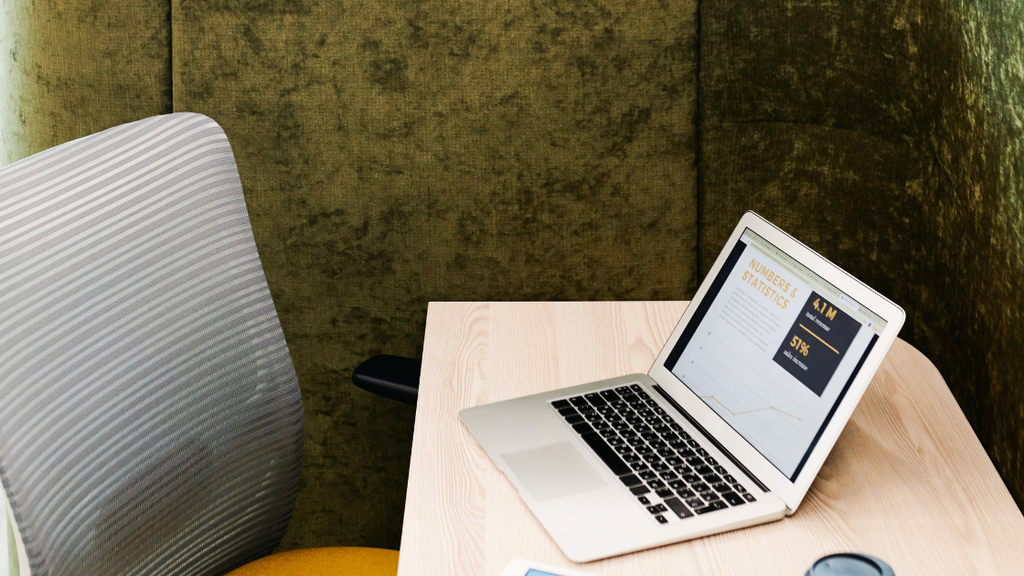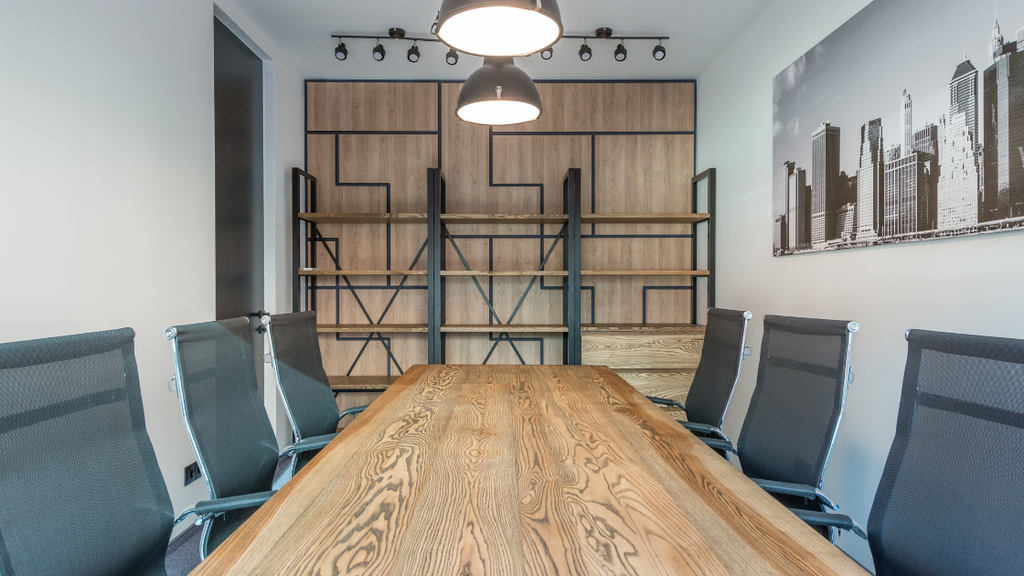In a world that operates at a breakneck pace, it is easy to feel left behind as trends and ideas come and go.
When you lease a small meeting room or take the time to design your own, there are key elements that can transform the space into a hub for productivity and innovation.
Benefits of a Small Conference Room
- Cost-Effective: Smaller conference rooms generally have lower associated costs for utilities, furnishings, and technology, making them a more budget-friendly option for businesses.
- Privacy: Small spaces provide an intimate and focused environment, fostering better communication and collaboration among team members. It also provides a higher level of privacy compared to larger spaces, which is ideal for confidential discussions.
- Quick Decision-Making: The smaller setting facilitates quicker decision-making processes as team members can engage in more direct discussions, reducing extensive coordination and communication.
- Increased Engagement: With everyone in closer proximity, participants in a small conference room are more likely to maintain eye contact and stay actively engaged in discussions.
- Adaptability: Small conference rooms are often more adaptable to various setups and configurations, allowing for quick adjustments to suit different meeting formats or collaborative activities.
Create the Ideal Space
Positioning
One of the first things people consider when choosing or designing a conference space is whether or not they want natural light. If you enjoy a good source of Vitamin D and people-watching in between tasks, you might go for an exterior office with plenty of windows.

For those who enjoy a more private and isolated space, an interior space would be the better choice.
Another thing to think about is how close you’d like to be to other functional spaces, including copy rooms, lounge rooms, main lobby, etc. If you have frequent meetings with clients who are not familiar with the space, it may be a good idea to pick a room closer to the lobby and front desk.
Arrangement
Once you’ve chosen the right spot for your meeting room, you will need to map out the space for optimal furniture arrangement. Possible set-ups include:
Central Focus: Arrange furniture to create a central focus point, such as a presentation screen or whiteboard, to enhance collaboration.

Individualized: Some team members find it easiest to get work done when they have a sense of separation that minimizes distraction. If this style works best for you and your team, you can opt for functional desk dividers that are easy to set up and take down, if needed.

Comfort
Naturally, team members spend most of their time sitting. It is best to invest in ergonomic furniture to prioritize comfort and enhance productivity during long meetings or projects.
Organization
Once you’ve arranged tables and seating, it’s important to know how you will organize files, binders, and other functional office material.
It is best to choose small and compact storage options like stackable drawers, small filing cabinets that can fit under desks, slim book shelves, and simple desktop organizers.

Another way to maximize storage space without taking up too much room is to invest in multipurpose furniture, such as tables with built-in storage or modular seating for maximum flexibility.
In the modern digital age, many teams, large and small, interact virtually. Maintain integrated audio-visual systems for smooth presentation and video conferencing experiences.
It is also important to ensure easy access to power outlets and charging stations for phones, laptops, and other devices. To reduce tripping hazards and pesky, tangled cords, invest in tables with built-in charging ports.
Lastly, another key attribute of a professional workspace is maintaining a consistent brand personality and an appealing ambiance. This includes:
- Logo & Signage: Include branded signage outside the conference room for easy identification.
- Branded Accents: Incorporate subtle branding elements, such as company colors or logos, to reinforce corporate identity. Neutral tones keep things clean, but adding a pop of color is always a nice touch.
Wow Clients and Colleagues!
By considering these factors, you can design a small conference room that is functional, innovative, and personalized to the tone and pace of your business.
Whether you’re coming into the office with a colleague every week or just meeting a new client here and there, small conference rooms are an affordable and fully customizable option to fit a range of needs.
